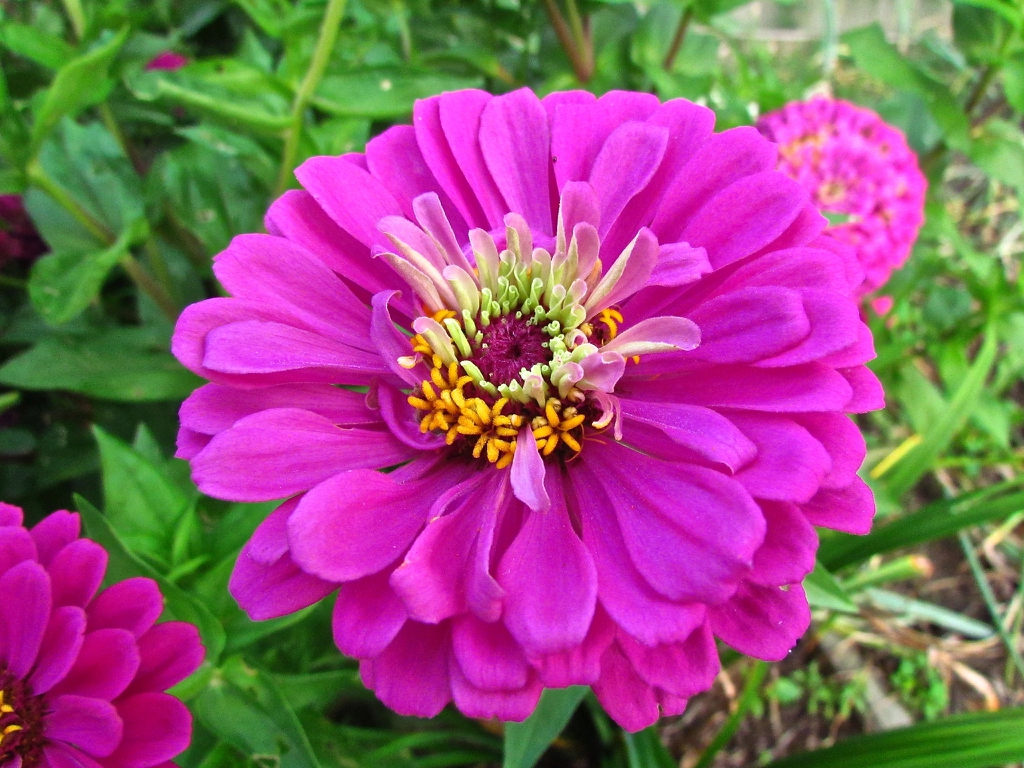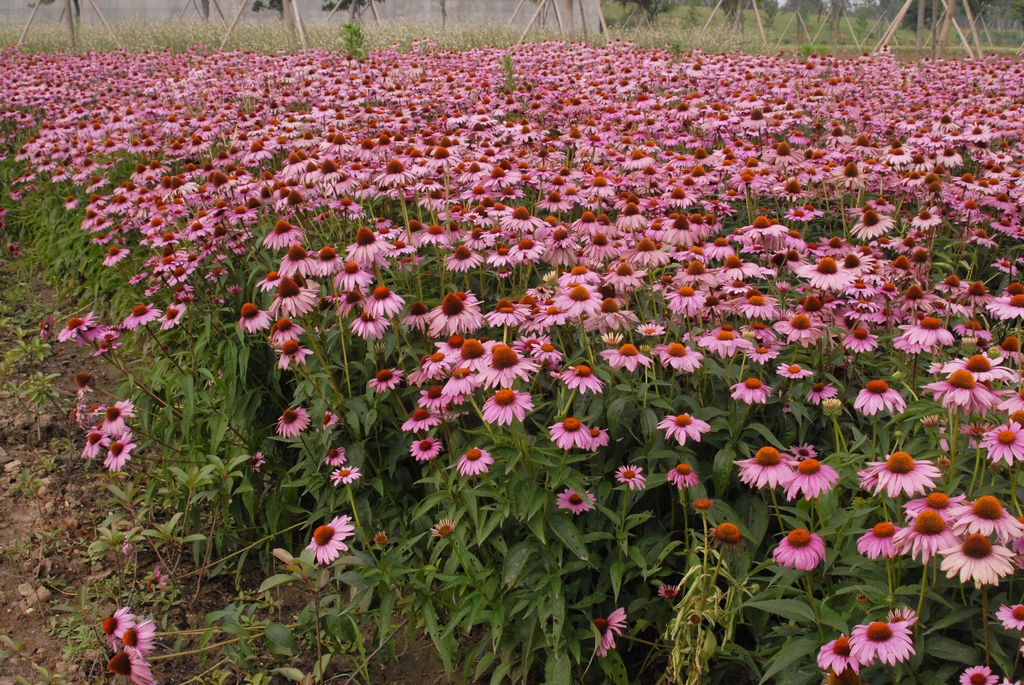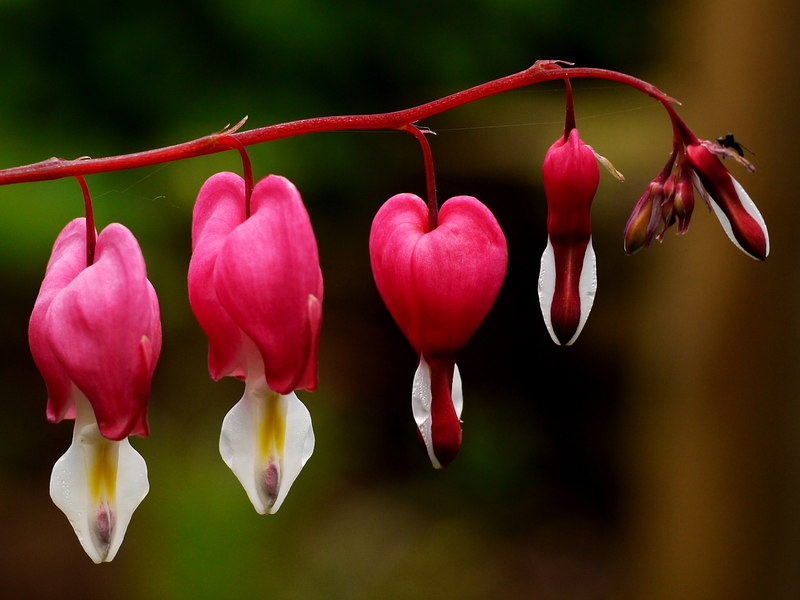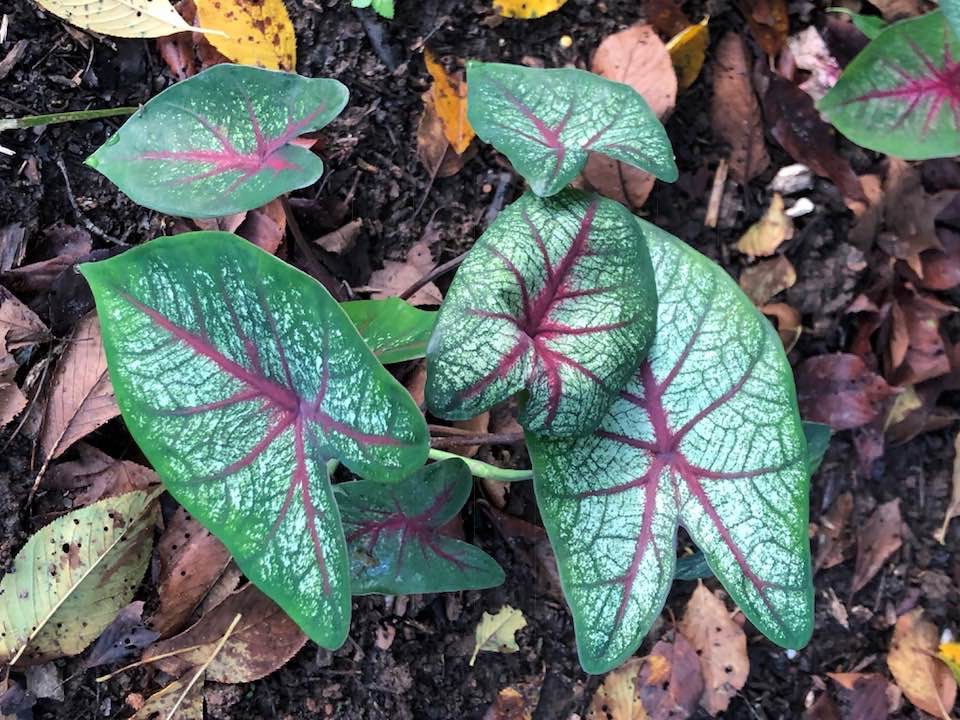Spring in North Carolina is here! Now’s the time to decide what flowers to plant this spring to ensure beautiful summer blooms. Here’s your guide on how to get started with choosing plants for the sun, shade and a container.
In the Sun
One of the simplest flowers to plant in the spring and care for through the summer is the zinnia. Typically planted in mid-to-late May, zinnias provide color all summer long. These annual flowers are great in mason jar arrangements, and they have great regrowth after deadheading. All you need for a summer of colorful blooms is a pack of seeds from your local garden center or hardware store and a sunny spot in your yard!

Another great option to add color to a landscape is the purple coneflower, or echinacea purpurea. These herbaceous perennials are a perfect choice for a pollinator garden and are easily propagated by division or seeds. Planted in mid-to-late spring, the native flowers bloom for several months in the summer.

One of the most classic flowers in North Carolina, the black-eyed Susan, or rudbeckia, offers an iconic black and yellow flower during the summer and into the fall. Rudbeckia can be planted in both early fall and early spring by seed. They are considered annuals because they bloom in the first year they are planted, but self-seed and return in following years.

In the Shade
Hosta plants are great for areas of full shade with rich soil. These Asia natives provide beautiful greenery with their large leaves, and they come in many varieties and variegations. Hosta should be planted in the spring, and they typically do well in cooler environments, such as in western North Carolina.

To add some color to a shade garden, astilbe is a great option. This feathery perennial is native to North Carolina mountains and should be planted in gardens in the spring. Commonly known as Appalachian false goat’s-beard, this flower attracts pollinators and is a good option in flower arrangements.

Dicentra, also known as bleeding heart, is another great option for adding color to a shady landscape. However, this deciduous perennial should be planted with caution because it’s poisonous when ingested in large quantities. It may be best suited in a yard with few pets or children. The dainty, detailed flowers hang from branches in the shape of pink hearts.

In a Container
One flower that often isn’t thought of for container planting, but can be very successful, is the iris. With so many varieties of this plant, you’re sure to find one that fits your preference and environment. The interesting petal structure of an iris varies in colors and sizes, with some preferring full sun and others full shade. These make great centerpieces in a planter, beautiful arrangements in a mason jar, or vibrant contrasts in a natural landscape. If you are installing these flowers into the landscape, plant bulbs in mid-to-late summer. Otherwise, it is best to buy a mature plant from a nursery that is about to flower for your container garden.

For a more compact option in your planters, consider using begonias. Begonias should be planted in the spring for light pink blooms during the summer. They prefer partial to full shade, and they can be grown outside as well indoors as a houseplant. Begonias are resistant to drought and come in a variety of colors and sizes making them a great option for planters and landscapes.

Caladiums, sometimes called elephant’s ear, are also well suited for growing in a container. These plants prefer more shade, and should be taken in for North Carolina winters, making them the perfect fit for a planter. Their broad, heart-shaped leaves create beautiful foliage that often includes a colorful variegation depending on the breed.

To learn more about what plants to incorporate into your garden this summer, visit the North Carolina Extension Gardener Plant Toolbox. It is easy to search for specific plants or use the filters to find the perfect flower for your location. Put the spring cleaning on hold and start spring planting!



